I'm very confused about the differences between nextTick and setImmediate. I've read all the documentation about them on the internet but I still don't understand how they work.
Examples:
function log(n) { console.log(n); }
setImmediate
setImmediate(function() {
setImmediate(function() {
log(1);
setImmediate(function() { log(2); });
setImmediate(function() { log(3); });
});
setImmediate(function() {
log(4);
setImmediate(function() { log(5); });
setImmediate(function() { log(6); });
});
});
//1 2 3 4 5 6
nextTick
process.nextTick(function() {
process.nextTick(function() {
log(1);
process.nextTick(function() { log(2); });
process.nextTick(function() { log(3); });
});
process.nextTick(function() {
log(4);
process.nextTick(function() { log(5); });
process.nextTick(function() { log(6); });
});
});
//1 4 2 3 5 6
Why these results? Please explain with a visual or very easy to follow explanation. Even the node core devs don't agree at how nextTick and setImmediate should be understood by people.
Sources:
